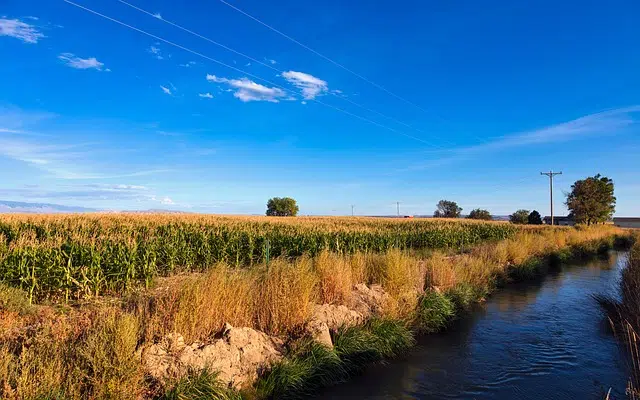
The median divides the two lanes of the avenue
Camellón is a term derived from camel that is used to refer to that whose shape is reminiscent of said animal. The first meaning of the concept mentioned by the Royal Spanish Academy ( RAE ) in its dictionary refers to a caballón .
On public roads
A ridge or ridge is a ridge or mound that is used to divide, contain or direct something . In some countries, the island or median that is installed in the middle of a street, an avenue or a highway to establish a physical separation between the different directions of traffic is called a median.
Thanks to a median, in this way, there is an obstacle that prevents passing into the lane in the opposite direction. The medians are the space that separates the directions of circulation, and may have ornamental elements such as trees and flowers.
For agriculture
In the field of agriculture , the ridge is a system used to prepare the soil for the development of crops. It is a resource that emerged in pre-Columbian times in the territory where countries such as Bolivia , Peru , Ecuador and Colombia are currently developed.
The ridges involved the excavation of canals that interconnected with each other. The land obtained from this work was used to generate a raised surface for cultivation : thus, from the channels, the water rose to these surfaces or beds thanks to capillarity, causing the roots of the plants to orient downwards. .
This land arrangement arose in floodplains. Camels were common in the area of Lake Titicaca , for example, one of the first in which they were used, according to certain studies. Between 1981 and 1986, for example, certain excavations were carried out in order to study the origin of the ridges, and from said work this information emerged, in addition to the following:
* labor must not be carried out intensively for the cultivation system to have good results, although from the point of view of production rates and the frequency of crops, it can be said to have been intensive;
* One of the reasons that makes this system especially efficient is that it can be carried out by investing very little in labor and be sustained in the long term;
* all peasant families can build their own ridges and manage them.
The two phases of the ridges
The first phase is likely to have begun before the first century BC. C. and has spread around the fourth century. Throughout that half millennium, the first camellón models that we could find in two ancient cultures were implemented: the chiripa and the tiwanakota .
The second phase appeared a long time later, around the year 1000, although its duration was also around five centuries. It is associated with the Aymara Lordships . Regarding the emergence of the argico system itself, it is believed that it arose as a result of the flood-prone nature of the lands on which they had to work.

Excavation of connected channels for plant feeding
Another meaning
The RAE , on the other hand, indicates that camellón is synonymous with camelote : a waterproof fabric , usually made of wool. The camellón or camelote is a traditional fabric from Turkey that, in that region, is made with goat hair.
On the other hand, this name appears in plural to designate a Mexican town located in the State of Durango, La Tembladora de Camellones . It is located in the municipality of Canelas, and has an average altitude of 2365 meters above sea level. By 2010, its population barely exceeded two hundred inhabitants.
